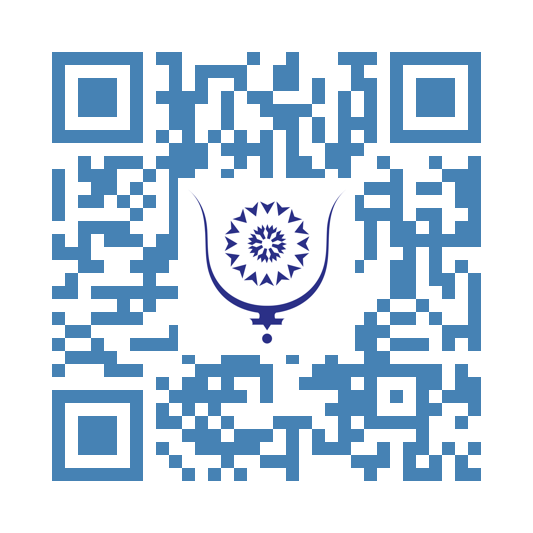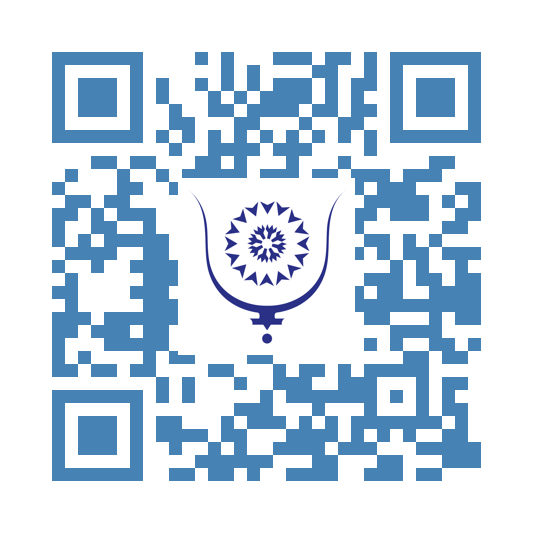Beatrice Chebet, Soufiane El Bekkali, Femeke Bol, Masalela: inaugurent Le Stade Olympique de Rabat : Un écrin d’excellence pour des performances athlétiques de haut niveau 780
Le cœur du métier en sport est sans conteste le geste, l’exercice ou l’action accomplie, réalisés par un sportif ou un groupe de sportifs. Cette réalisation est extrêmement complexe en raison des nombreux facteurs qui y interviennent, ainsi que de leur importance relative.
Le geste part d’une image que se fait le sportif de lui-même en train de le réaliser. Pour cela, il a besoin d’énergie, c’est-à-dire d’une sollicitation physiologique. Il déploie un geste précis sollicitant une partie ou la totalité de son corps, ce qui constitue une sollicitation mécanique. Pour réaliser ce geste, le sportif réfléchit et fait un effort cérébral : il s’agit d’une sollicitation et d’une dimension psychologique.
Une fois ce processus enclenché, le sportif obtient une image finale qu’il évalue en la comparant à l’image initiale qu’il s’était faite de son geste. Ce feedback lui permet d’être satisfait, de se remettre en question et d’améliorer sa prestation.
Le geste n’est jamais isolé : il se déroule devant un public qui apprécie la prestation, la performance et le résultat.
Si les règlements sportifs imposent, outre un comportement éthique, des dimensions et spécificités des aires de jeu, c’est-à-dire des règles communes à tous sans discrimination, ces règles et autres normes, conditionnent les prestations techniques des sportifs. En revanche, l’environnement et le contexte : stade, salle ou lieu de compétition, apporte d’autres facteurs d’influence sur la prestation et donc sur la performance.
Parmi ces facteurs, on compte :
Le type de sol ;
Le confort, la visibilité et la proximité des spectateurs
Les conditions aérodynamiques, comme l’exposition au vent ;
La luminosité et l’éclairage ;
L’acoustique, avec le traitement du son et le bruit du public ;
Les repères visuels et matériels sur le terrain pour les sportifs et le public ;
Les facteurs climatiques extérieurs, selon que l’infrastructure soit fermée ou ouverte ;
Le climat intérieur, selon qu’elle soit ventilée ou climatisée ; etc.
Tous ces éléments impactent la dimension psychologique susmentionnée, qui à son tour influence les dimensions physiologique et mécanique, affectant directement la prestation du sportif.
Mais ce n’est pas tout : le type et la configuration d’une infrastructure sportive engendre également un relationnel sociologique particulier. Les ambiances varient d’un stade à un autre. La configuration, les facilités et le confort proposés influencent le comportement des spectateurs, et par extrapolation celui du public entier. Ce comportement engendre une façon spécifique d’apprécier la prestation du sportif. Par exemple, la proximité entre le public et les joueurs joue un rôle important : des supporters proches, avec une visibilité sans entrave, sont plus empathiques que des spectateurs éloignés. Le supporter proche apprécie mieux l’effort et devient plus tolérant envers le sportif.
Ainsi, les programmes d’emploi et l’architecture d’une infrastructure sportive deviennent un facteur d’influence sur la performance des athlètes. Une configuration finale bien étudiée est un facteur favorisant la performance, ce qui souligne l’importance de considérer ces données avant toute étude ou proposition de projet de construction d’une infrastructure sportive.
Ces évidences ont probablement été prises en compte lors de la conception et de la réalisation du Stade d’Athlétisme, dit Stade Olympique, construit en seulement 8 mois au Complexe Sportif Prince Moulay Abdallah, à la place de l’Institut National d’Athlétisme, édifié au début des années 90, là où ont émergé la quasi-totalité des grandes pépites de l’athlétisme marocain.
C’est ainsi que s’expliquent les résultats exceptionnels réalisés lors de la dernière édition du Meeting Diamond League Mohammed VI à Rabat : trois meilleures performances mondiales et cinq records du meeting, un exploit remarquable.
Les 8 minutes 11 secondes 49 centièmes de la Kényane Beatrice Chebet, deuxième performance mondiale de tous les temps sur 3000 m, illustrent parfaitement la symbiose entre le potentiel de l’athlète et les conditions qui lui sont offertes pour s’exprimer. Elle aura marqué l'histoire de l'athlétisme mondial. C’est également le cas de la performance du champion marocain Soufiane El Bekkali sur 3000 m steeple, devant son public et sur une piste dont il a loué les qualités. Jamais il n’avait réalisé une telle performance en début de saison : 8 minutes 00 secondes 47 centièmes, un temps très fort pour le mois de mai, entraînant dans son sillage l’Allemand Frederick Ruppert, qui n’oubliera jamais sa course à Rabat, pulvérisant le record de son pays et signant la troisième performance européenne de tous les temps. Il est désormais un prétendant sérieux à une médaille aux championnats du monde prévus à Tokyo. La performance de Femke Bol sur 400 m haies dames est également à souligner: 52sec 46 st du lourd.
Une autre performance notable est celle de Tshesipo Masalela, venu du Botswana, qui a signé 1 minute 42 secondes 70 centièmes. Ce ne sont là quelques exemples parmi tant de prestations remarquables réalisées pour l'inauguration de ce stade olympique marocain.
En somme, le Maroc peut être fier d’une telle réalisation, qui s’inscrira sûrement dans les records du Guinness, car jamais une infrastructure sportive d’une telle envergure n’a été réalisée en si peu de temps, tout en respectant les normes et la qualité requises.
Le président de la Confédération Africaine d’Athlétisme et de CASOL, la toute récente Association des Confédérations Africaines des Sports Olympiques, n’a pas caché sa fierté, inscrivant cette réalisation dans le cadre du soutien du Maroc au mouvement sportif africain en général, et à l’athlétisme en particulier. Il a rappelé que le Royaume est le seul pays africain à accueillir une étape de la Diamond League d’athlétisme. Bien évidemment qu'il souhaiterait y voir se dérouler prochainement les championnats d’Afrique d’athlétisme.




